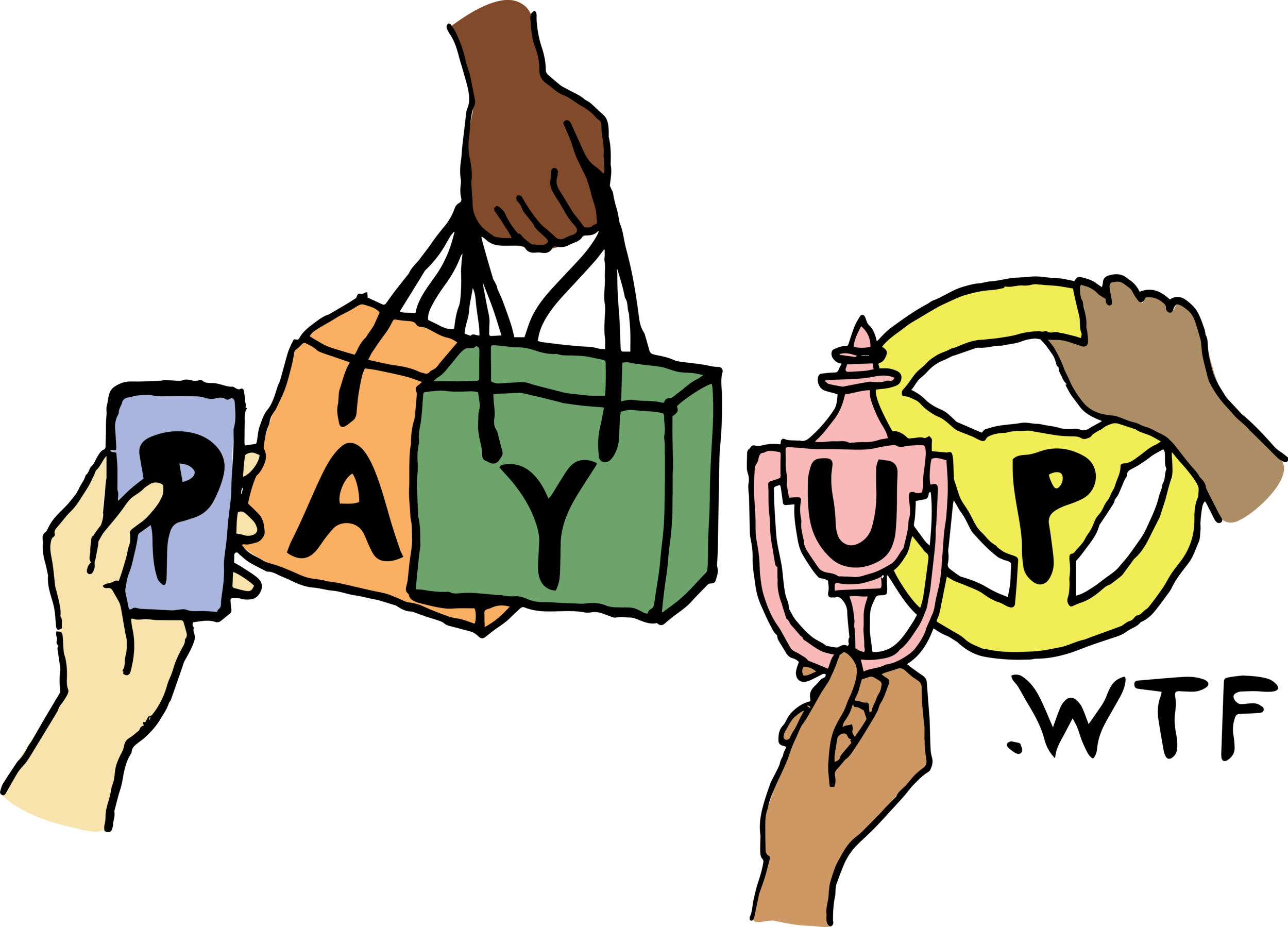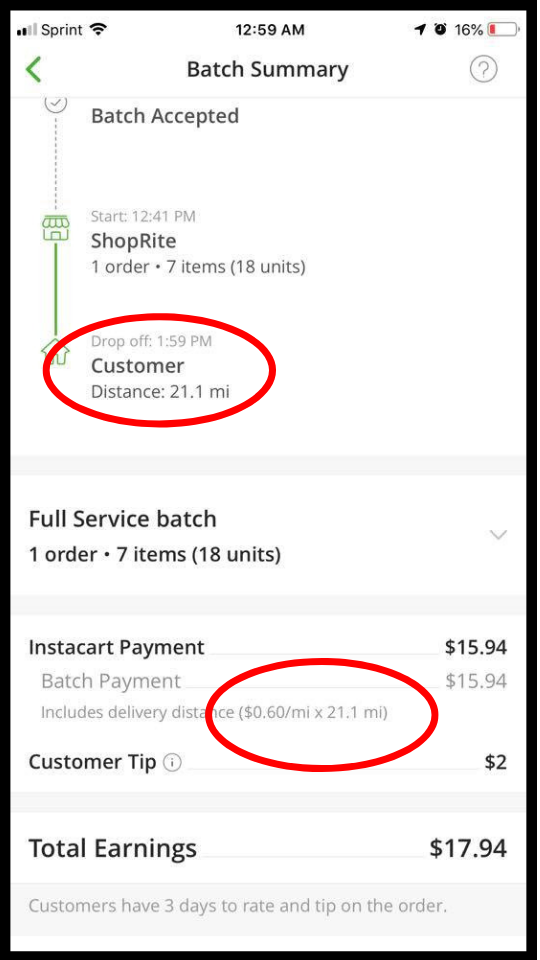Instacart’s paying out 96 cents an hour...but DoorDash has them beat.
Here’s why we need Instacart, DoorDash, and other gig companies to #PayUp.
There are a million screenshots we could share to make it clear just how shady gig companies are when it comes to pay. But let’s dig into a couple.
Instacart shopper Nicole Johnson in New Jersey sent over this paystub from a job she did recently…
At first glance, it might not look terrible — $15 for just over an hour of work. But Instacart and other gig companies count on hiding the real costs of doing work from workers — so let’s dig in and do some math.
Nicole drove 21 miles from the store to the customer, plus an additional three miles to get to the store. At Instacart's reimbursement rate, that's $14.40 worth of gas and wear and tear on her car.
That means the vast majority of the pay for this job was just making up for the miles Nicole put on her car.
In total, this job took her an hour and 28 minutes (including the ten-minute drive to the store).
Once you factor in the extra payroll taxes independent contractors have to cover, Instacart paid Nicole an hourly rate of...96 cents an hour.
But wait...if you thought Instacart was bad, DoorDash has stepped up to show them how it’s done!
Here’s a job DoorDash sent to Matthew Tenbroek, a Las Vegas driver:
DoorDash is offering $8.10 for this delivery. But they’re also asking Matthew to put sixteen miles on his car.
At the IRS mileage rate, that comes out to $9.28 worth of wear and tear on his car.
So if he took this job, he would lose $1.18. And make nothing.
In other words, DoorDash is trying to pay negative money to its workers. As Matthew put it, “this is exploitation at its finest.”
Obviously, no one should work and go home with less money than they started with. And no company should be able to get away with offloading so much of their costs onto workers, they’re actually making workers pay to work.
And that’s exactly what companies like Instacart and DoorDash count on. They count on us not doing this math and not realizing how little they’re really paying workers.
That’s why we’re bringing workers together with the #PayUp campaign and demanding outside accountability for gig companies in the form of new laws.
We need to see a pay floor these companies can’t go below. We need to see tips on top. And we need way more transparency from the apps about how they pay workers.



